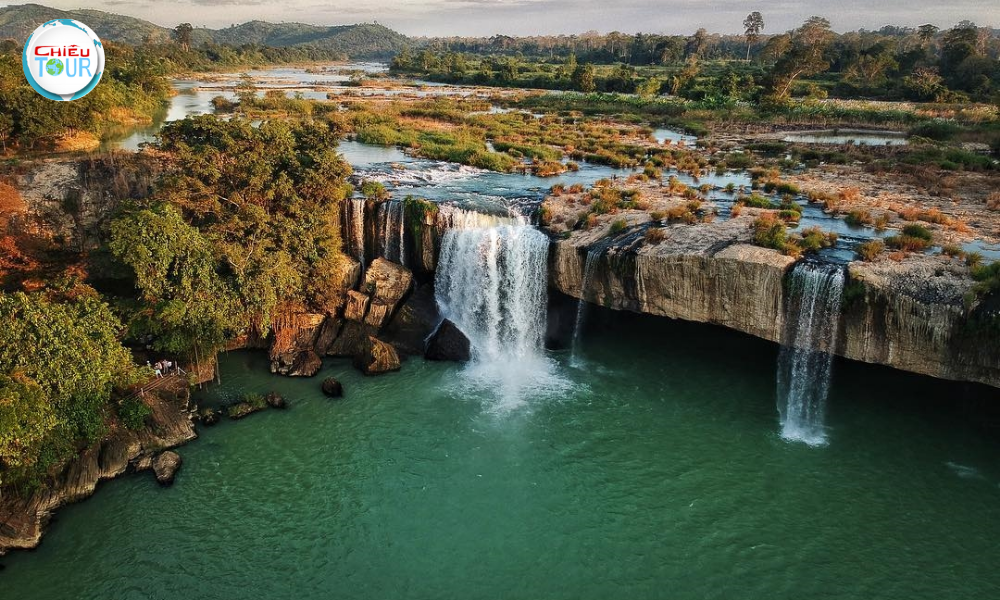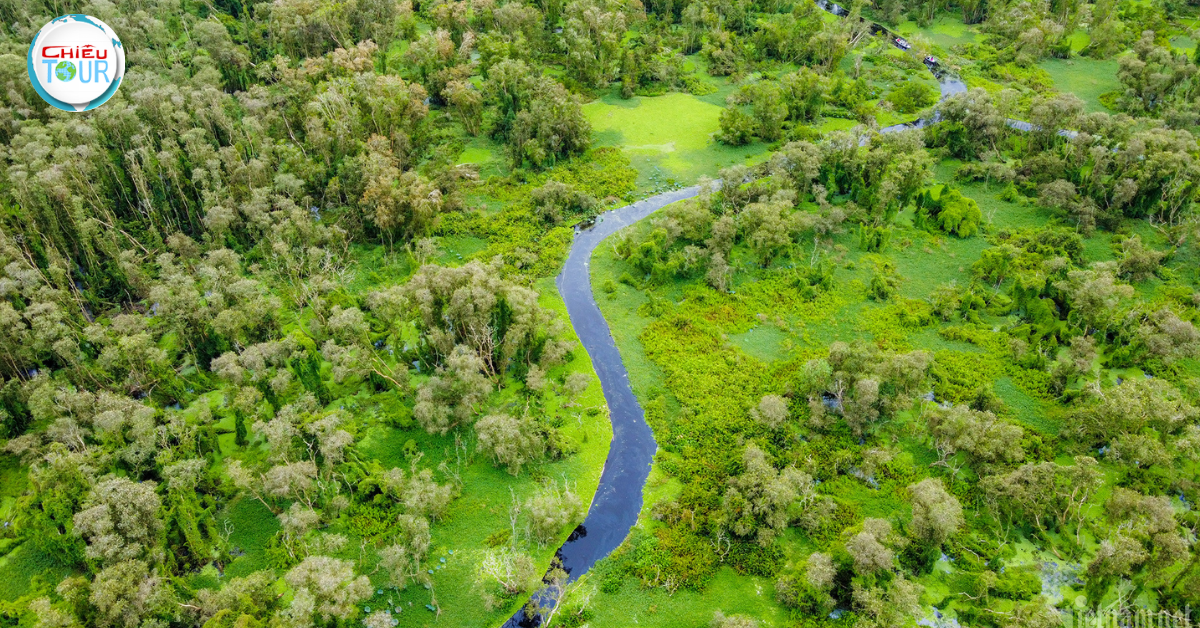The Cable Car Ride
- Author: Admin
- | Hot destination
The History of Cable Cars
The journey of the cable car begins long before the modern versions we know today. Understanding its history can enhance your appreciation for this remarkable transport system.
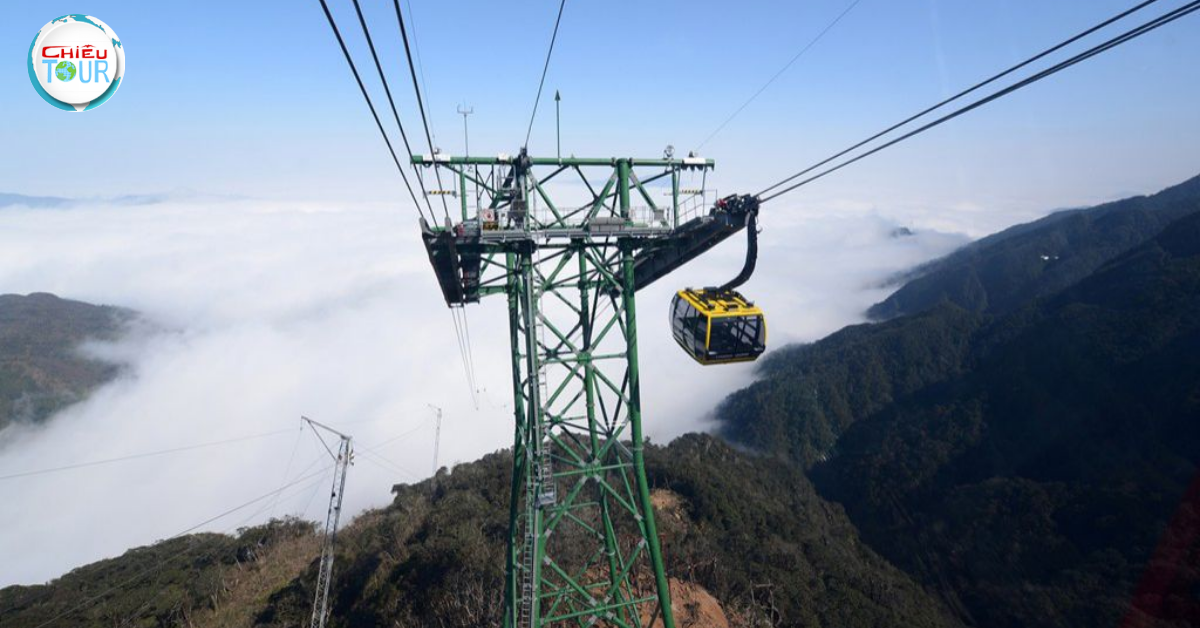
The Origins of Cable Cars
Cable cars as we recognize them today have their roots in the mid-19th century. The invention of the cable car is attributed to Andrew Hallidie, who built the first successful cable car line in San Francisco in eighteen seventy-three. This innovation was not merely for convenience; it was a necessary response to the steep hills of San Francisco that made traditional streetcars impractical.
Hallidie's vision transformed urban travel, making it accessible to all by allowing people to traverse difficult terrains without breaking a sweat. The incline railway utilized a system of cables and pulleys, allowing cars to be pulled up steep inclines efficiently. As cities around the globe embraced this technology, cable cars began to appear in many mountainous regions, reshaping how people interacted with their environments.
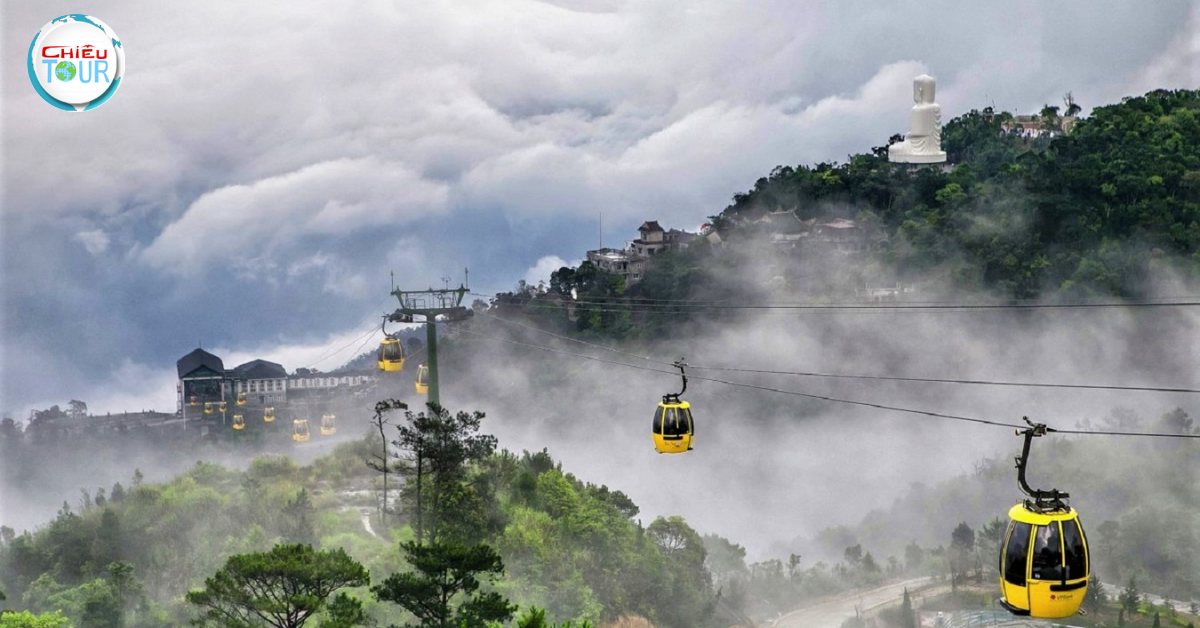
Evolution Over the Years
As technology advanced, so did the cable car systems. The early designs were often cumbersome, requiring manual labor to operate. However, the introduction of electric power revolutionized the cable car industry in the late nineteenth century. Electric-powered cable cars could climb steeper inclines and carry more passengers with greater efficiency.
This technological leap expanded cable car networks beyond urban settings. Ski resorts and tourist destinations began incorporating cable cars to grant access to high-altitude areas, furthering the popularity of this transport mode. Today, both urban and recreational cable cars provide not only functional benefits but also sightseeing opportunities that attract millions of riders each year.
The Cultural Significance of Cable Cars
Beyond their practical applications, cable cars have become cultural icons in many places. In San Francisco, they embody the city's charm and history, serving as a nostalgic reminder of a bygone era. The sound of clanging bells and the sight of vintage-style cars navigating steep streets evoke a sense of nostalgia that resonates with both locals and tourists alike.
Cable cars also symbolize progress and innovation in other regions. For instance, in parts of Europe and Asia, cable cars serve as vital links between communities, offering stunning vistas while facilitating daily commutes. Their presence signifies a blend of functionality and beauty, where transportation becomes an art form in itself.
The Experience of Riding a Cable Car
Embarking on a Cable Car Ride is an experience unlike any other. It’s not simply about getting from point A to point B; it’s about the entire journey, from anticipation to the sights that unfold before your eyes.

The Anticipation Before the Ride
Before you even board the cable car, there is an undercurrent of excitement. As you approach the station, the sight of the colorful cars ascending and descending captivates your imagination. The sounds of the machinery whirring and the distant laughter of fellow travelers heighten the sense of anticipation.
As you stand in line waiting to board, conversations buzz with shared stories and encouragement. Strangers exchange tips about the best seats for viewing, creating a communal atmosphere filled with shared enthusiasm. It's this collective eagerness that sets the stage for what lies ahead.
The Ascending Journey
Once aboard, the real magic begins as the cable car gently lurches forward. Your heart races slightly as the ground drops away beneath you, and you find yourself rising higher into the sky. The initial ascent can feel surreal; the world below gradually transforms into a patchwork quilt of picturesque landscapes.
The sensation of weightlessness fills the cabin, and the glass windows offer panoramic views like no other. Mountains stretch into the horizon, and valleys become tiny patches that seem to dance with the breeze. The beauty of nature unfolds, revealing lush forests, shimmering lakes, and sometimes even wildlife. Each moment spent climbing higher invites a deeper connection to the outside world, allowing you to appreciate the grandeur of nature from a vantage point few get to witness.
The Moment at the Summit
Upon reaching the summit, the feeling of triumph is palpable. Stepping out of the cable car feels like conquering a mountain, as you take in the breathtaking scenery surrounding you. Here, time seems to stand still. The crisp air invigorates your senses, and the quiet hum of nature surrounds you, offering a stark contrast to the bustling life below.
At the peak, many cable car stations boast observation decks or hiking trails, providing opportunities for exploration. Whether you decide to take a leisurely stroll, capture photographs, or simply bask in the beauty of your surroundings, these moments create lasting memories. The summit becomes a sacred space where you can reflect on the journey, both literally and metaphorically, as you ponder the vastness of the universe around you.
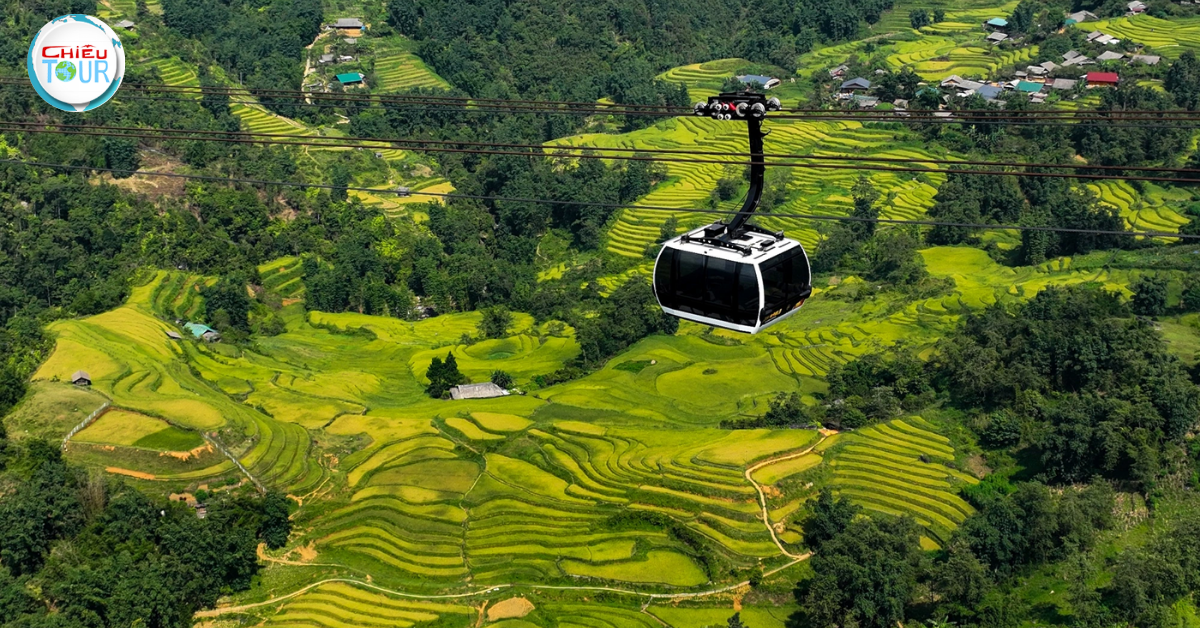
The Descent: A Different Perspective
The descent down the mountain presents a completely different experience. What was once a thrilling ascent now feels like a glide through the clouds. The landscape shifts again, revealing new angles of beauty as you descend. The familiar sights take on fresh perspectives, allowing you to notice details you might have missed during the ascent.
During the downward journey, conversations among passengers often amplify. Excitement bubbles as fellow riders recall their favorite moments, share travel tips, or discuss the stunning vistas. The camaraderie among strangers creates a delightful atmosphere, enhancing the overall experience of the ride.
The Technology Behind Cable Cars
Understanding the technology behind cable cars enriches our appreciation for this form of transport. It's a fascinating interplay between engineering prowess and natural landscapes.

Design and Engineering Marvels
Cable cars are remarkable feats of engineering that require precision design and meticulous planning. The core components include the cable, the pulley system, and the car itself. Cables, often made from steel, are anchored securely at both ends and powered by electric motors that push and pull the cars along their designated routes.
The design of the cars themselves has evolved significantly over the years. Modern cable cars are equipped with comfortable seating, large windows, and sometimes even amenities like heating or air conditioning. Safety features, such as emergency brakes and automatic stop systems, ensure a secure ride, giving passengers peace of mind as they ascend and descend.
The Impact of Climate and Geography
Cable cars are often installed in challenging terrains that pose additional considerations. Engineers must account for factors such as wind speed, snowfall, and seismic activity when designing and building these systems. In regions prone to heavy snowfall, for instance, cable cars need to be robust, with maintenance teams ready to clear snow and ensure safe operations.
Geographical features also dictate the routing of cable cars. They are strategically placed to maximize the views and accessibility to popular destinations such as ski resorts, national parks, and iconic landmarks. The integration of cable cars into the landscape often enhances the visual appeal, creating a harmonious balance between human ingenuity and nature.
Innovations in Cable Car Technology
In recent years, innovations in cable car technology have emerged, focusing on sustainability and efficiency. Many new systems utilize renewable energy sources, reducing their carbon footprint while providing reliable transport to both locals and visitors. These advancements reflect a growing awareness of environmental concerns and the need for sustainable travel options.
Additionally, some modern cable cars feature gondolas or cabins that can accommodate larger groups. These enclosed systems provide protection from the elements while offering uninterrupted views. High-speed gondolas have also gained popularity, enabling faster transit times without compromising the experience of the ride itself.
Conclusion
The Cable Car Ride is far more than a means of transportation; it is an adventure that celebrates the intersection of nature and engineering. With roots deeply embedded in history, cable cars have evolved to capture the imagination of countless travelers, whether they seek thrill, tranquility, or simply a different viewpoint of the world around them.
From the exhilarating ascent to the reflective moments at the summit and the camaraderie found within the cabin, every aspect of the ride contributes to a rich tapestry of experiences. With continued advancements in technology and an emphasis on sustainability, cable cars remain a vital part of many landscapes, offering riders the chance to connect with nature in profound ways. So, the next time you embark on a cable car journey, take a moment to appreciate the intricate beauty of the ride itself—a blend of history, engineering marvel, and the sheer joy of exploring the world from above.
 Vietnam
Vietnam 
